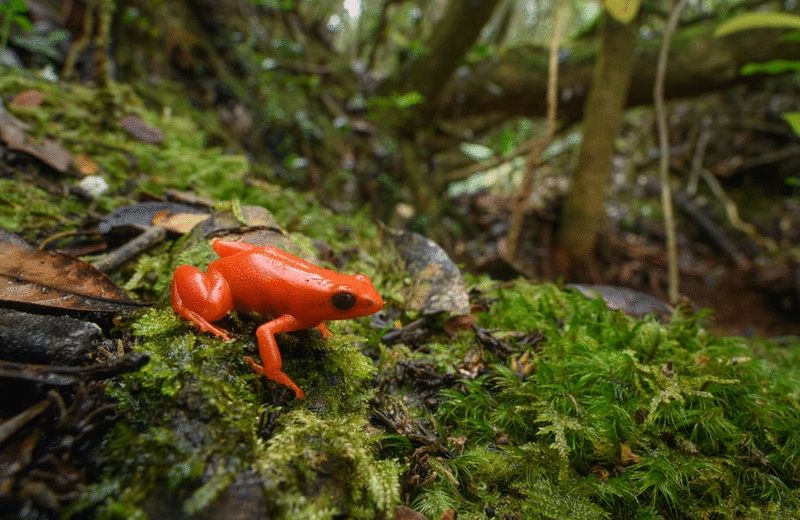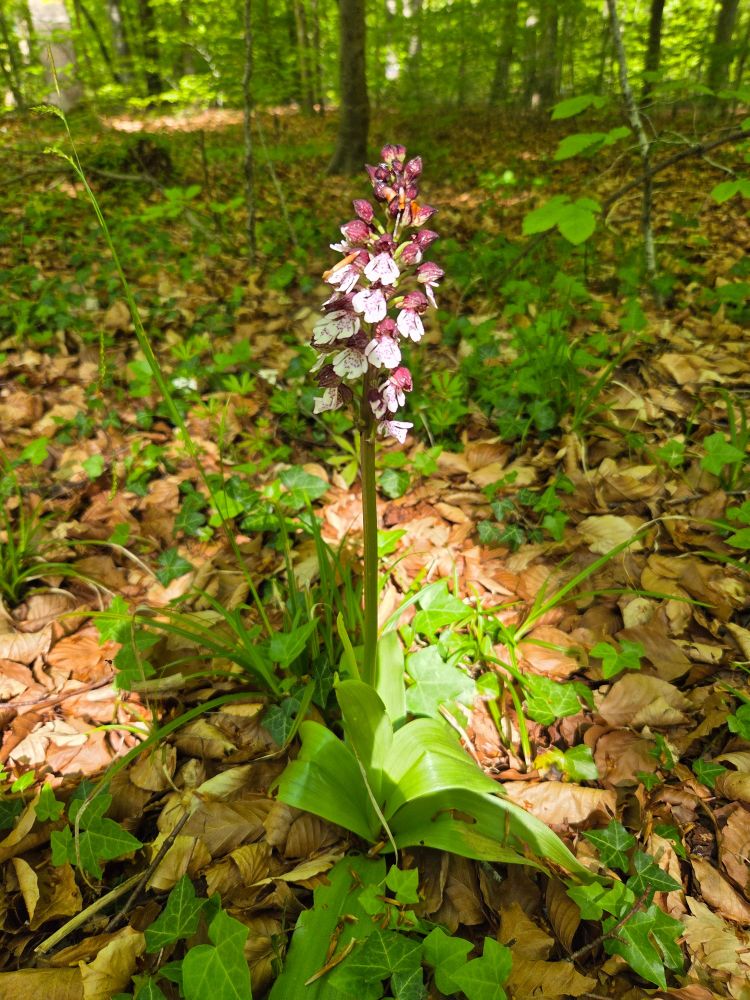Karthik Thrikkadeeri
@kartrick.bsky.social
30 followers
27 following
10 posts
Ecology, data, birding, poetry and some stochasticity. I love the wild and the free. kartrick.com
PhD student @ Montano Lab, LSU (montanolab.com)
(he/him)
Posts
Media
Videos
Starter Packs
Pinned
Reposted by Karthik Thrikkadeeri
Reposted by Karthik Thrikkadeeri
Reposted by Karthik Thrikkadeeri
Jonathan Lenoir 🌳🌲🌴
@jonlen.bsky.social
· May 15

Limited evidence for range shift–driven extinction in mountain biota
Mountain biodiversity reorganizes rapidly as species shift upslope to track temperatures. Pervasive species redistribution poses substantial threats to mountain ecosystems, a phenomenon sometimes desc...
shorturl.at
Reposted by Karthik Thrikkadeeri








